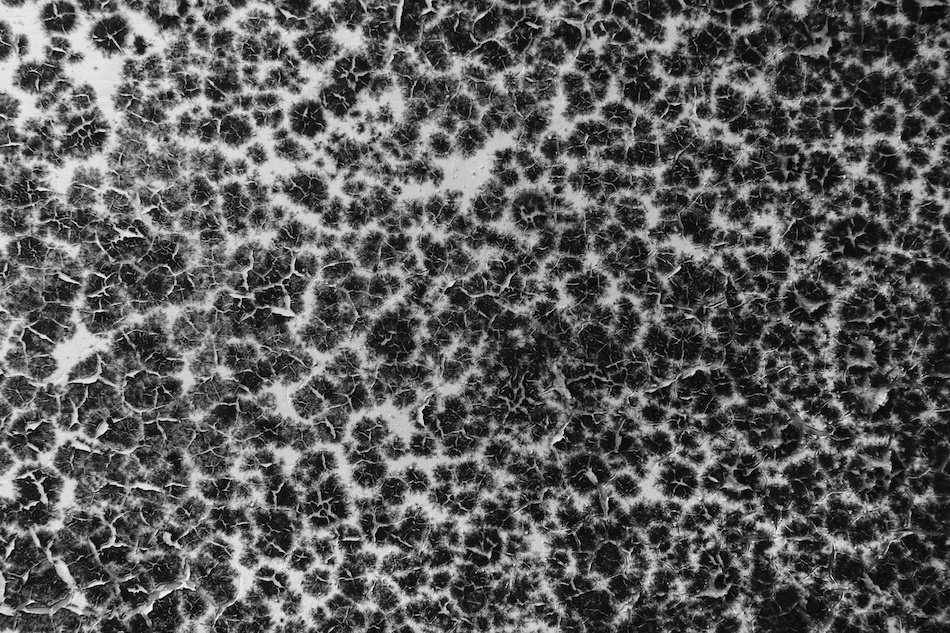 There are few places that are free of mold spores. These microscopic spores can't be seen by the naked eye, but they linger in kitchens, bathrooms and the air inside people's homes. They can wait for years for the perfect situation to grow and cause the unsightly stains and unpleasant smells of a mold infestation. Full mold remediation requires a few changes to the home to ensure that this menace does not return.
There are few places that are free of mold spores. These microscopic spores can't be seen by the naked eye, but they linger in kitchens, bathrooms and the air inside people's homes. They can wait for years for the perfect situation to grow and cause the unsightly stains and unpleasant smells of a mold infestation. Full mold remediation requires a few changes to the home to ensure that this menace does not return.
What Is Mold?
Mold and mildew are funguses. They can show up as speckles in areas of the home that have high levels of humidity and low levels of ventilation. Bathrooms, closets and basements are all common sites for mold in the home.
Mold can take on a number of colours, including black, pink and green. While there are many articles written about "toxic black mold," studies do not support the existence of particularly toxic mold strains. However, many people are allergic to mold, and will suffer from mold allergy symptoms during an infestation.
How to Clean Up Mold
How to get rid of mold will depend on the degree of the infestation and the surfaces that are affected. Mold can be scrubbed off of hard surfaces using water and a detergent. The area should be completely dried after cleaning. Soft surfaces, such as upholstery covers, can possibly be cleaned. However, some porous materials may harbour mold spores and should be discarded after an infestation.
People who have mold allergies should not engage in mold clean-up. This is especially important for people who have underlying respiratory conditions such as asthma or emphysema. In some cases, mold remediation can be handled by the homeowner. However, in affected areas that are larger than an average sized bedroom or in ones that have been affected by serious flooding, the help of a professional may be needed.
Ensuring That Mold Does Not Return
Cleaning up mold is not enough. Because mold spores are airborne, mold will just return an area if the factors that drew it in the first place are not addressed.
Mold spores like areas that are damp, dark and have poor ventilation. Leaky pipes or faucets are frequently found to be the triggers for mold infestations. Getting leaky plumbing repaired can go a long way toward ensuring that a mold infestation does not occur.
Mold can sometimes show up in a home's HVAC system. Those who have mold in those areas should consult with contractors to add elements that will remove mold from the air. Special filters and even elements like UV lights can help. A dehumidifier can cut down on humidity in the air that makes a hallway, basement or rarely used room hospitable to mold. Look for models that will drain outside automatically to avoid pooled water causing problems in the future.
Getting rid of mold in an Allenwood home can be a difficult task. Many homeowners will have trouble narrowing down the cause of the infestation and may have to engage in mold remediation more than once. However, once a source of the infestation has been found and addressed, mold problems probably will not recur. Taking the time to find the cause of a mold infestation and to take the steps to counter it can protect the home from damage and keep the air clean and easy to breathe.

Leave A Comment